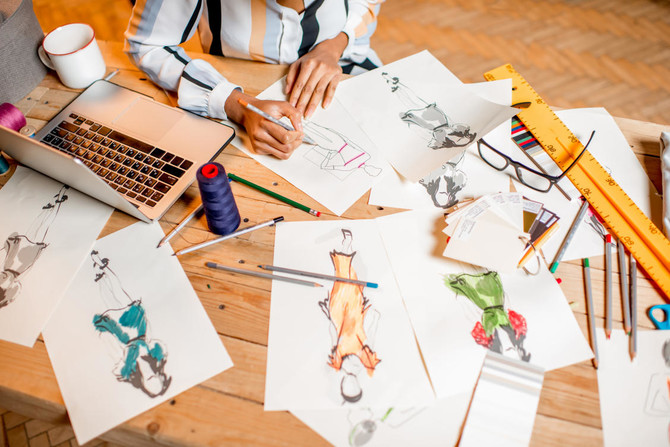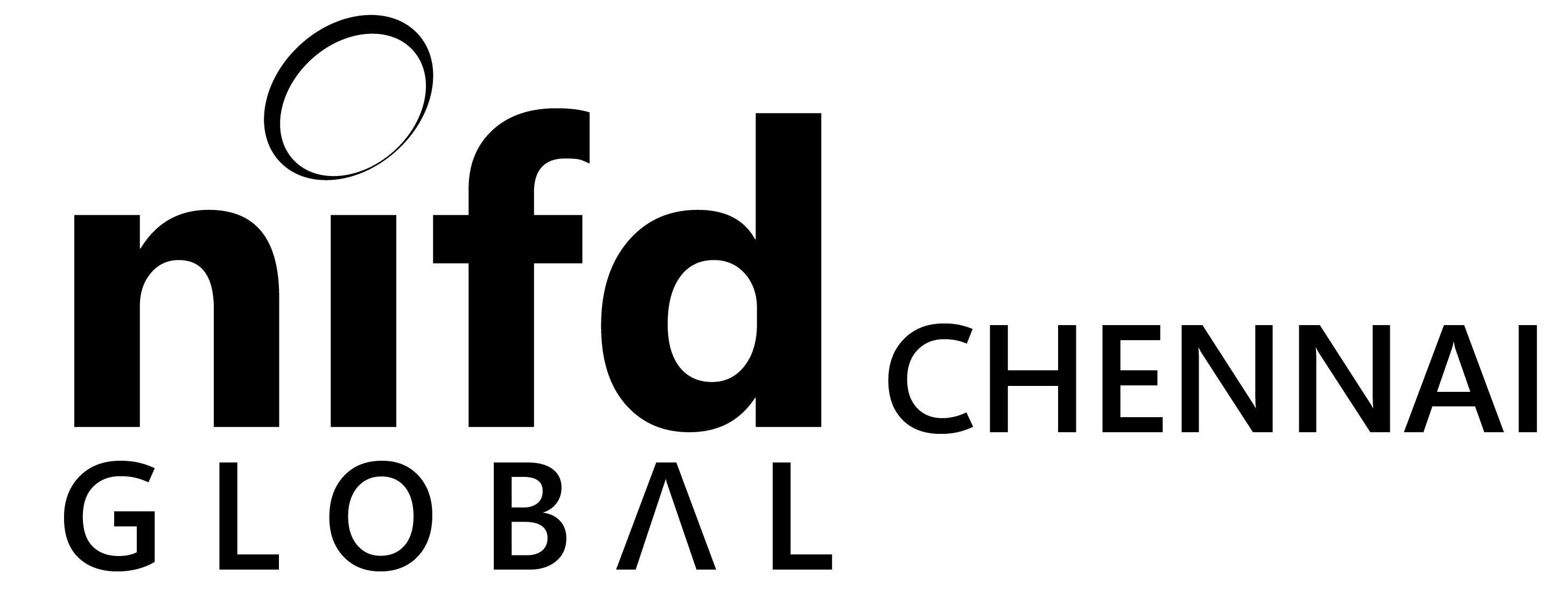From Concept to Couture: How to Develop a Fashion Print Design
Fashion is an art form that enables personal expression, creativity, and narrative. Understanding the process of generating a fashion print design can change the way you see patterns in fabric, whether you’re an aspiring designer straight out of high school, a professional looking to perfect your style with a custom print, or a student learning new abilities.
This tutorial will follow you through each stage of the process, from the initial concept to the finished project, assisting you in visualizing, creating, and bringing your ideas to life.

What Inspires a Fashion Print Design?
Inspiration is where it all begins. But where can you find yours?
a cultural antique you spotted during a trip, or even something as simple as a pattern from your everyday environment—like the grid of a city map. When you’re designing prints, it’s important to think about what connects with you personally. After all, the best designs are ones that tell a story, your story.
Reflect on your surroundings and personal experiences. Consider the textures, colors, and shapes that draw your attention. Keep a sketchbook or use your phone to capture photos that might later spark a pattern idea.
How Do You Turn Inspiration into a Concept?
Now that you’ve gathered inspiration, how do you shape it into an idea?
This is where your imagination and fashion illustration courses in Chennai can really shine. Start by sketching—let your ideas flow freely, no matter how abstract. Perhaps you enrolled in a 1-year fashion designing course in Chennai or explored fashion illustration courses to hone these skills. This is your moment to apply that knowledge!
As you sketch, focus on repeating patterns or singular subject. Maybe you’re inspired by intricate floral designs or bold geometric shapes. Ask yourself: What emotions do I want this design to convey? What kind of fabric will showcase this print best? Whether you’re creating for casual wear, professional attire, or business shoppers, think about how the final product will be worn and perceived.
What Tools and Techniques Bring Your Vision to Life?
So, you’ve got a concept—now it’s time to bring it to life. But how?
To refine your design, you’ll need both traditional and digital tools. If you’re in Chennai, fashion illustration courses are a great place to sharpen these skills. Start with hand-drawn sketches to create multiple variations of your print. Play with size, placement, and symmetry to find the perfect balance.
Next, you might want to digitize your designs using software like Adobe Illustrator or Photoshop. This will allow you to experiment with color, layering, and scaling—essential for seeing how your pattern will look across different fabrics and forms. If you’re working with a team, this is the stage where you collaborate with textile manufacturers to ensure your print will translate seamlessly from screen to fabric.
How Do You Choose the Right Fabric for Your Print?
The fabric you choose can either elevate or diminish the impact of your design. How do you make the right choice?
Understanding textiles is crucial. Your choice of fabric can affect how colors appear, how the design repeats, and the overall mood of the garment. Lightweight fabrics, such as silk or cotton, can highlight delicate, intricate designs, while thicker materials like wool or denim may be better suited for bolder, more dramatic prints.
Ask yourself: Will this fabric breathe well for the wearer? Does it suit the print’s intended use—whether for casual streetwear or professional, business attire? Experiment with fabric swatches and consider how different weaves and textures interact with your design.
What Steps Lead to the Final Product?
With the design perfected and fabric chosen, what comes next?
This is the production phase, where your concept becomes a tangible product. If you’ve completed a 1-year fashion designing course in Chennai, you may already be familiar with the process. Your design is printed on fabric, and the sample is created.
At this stage, there may be adjustments to make—perhaps the colors don’t translate as expected, or the print scale needs modification. Be prepared for revisions. Once everything looks perfect, your design is ready for production, and soon, it will become part of a collection, ready to be worn by fashion-conscious individuals.

What’s Next for Aspiring Designers?
Have you fallen in love with the process of fashion print design?
If you’re eager to explore this world further, enrolling in a fashion illustration course in Chennai or a 1-year fashion designing course in Chennai can take your skills to the next level. These courses can help you perfect your technical abilities, learn industry trends, and create stunning portfolios that showcase your unique artistic vision.
Whether you’re designing for personal projects or a professional career, the journey from concept to final product is always rewarding. You’ve learned how to capture inspiration, refine your designs, and transform fabric into wearable art. So, what will your next print say about you?


